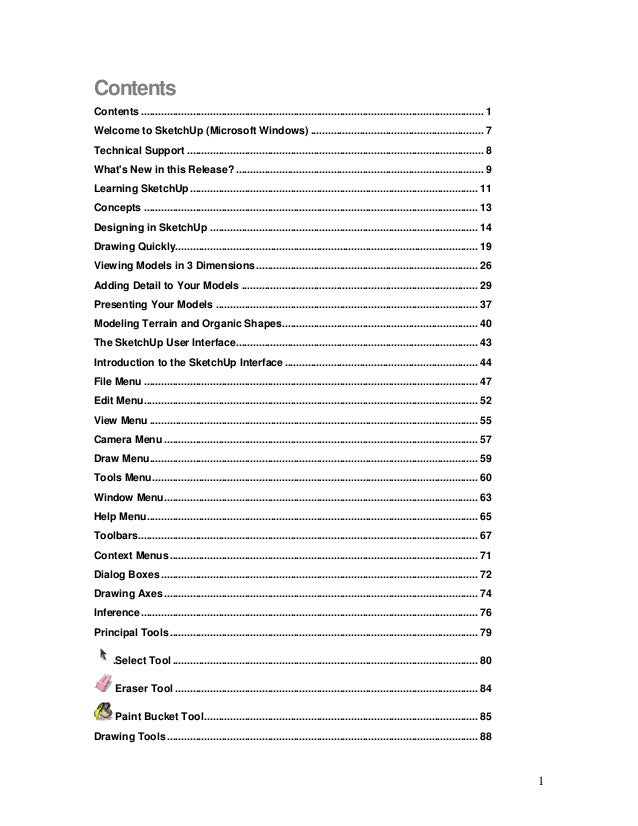
(A future post on “Face Camera” is in the works.) SketchUpArtists Some very nice 2D vegetation components can be found in the 3D Warehouse, including some nice ones by Yours Truly. Or use 2D “Face Camera” vegetation components – flat shrubs that always face you give the illusion of 3D while keeping your object count super-low. Hiding edges of complex 3D shrubs will give those shrubs a lighter look, and your model will perform faster, even when the rest of the model has edges displayed. A great example of this is vegetation components. Hiding (or unhiding) edges just within certain components can make a big difference.

Or you can soften edges (smooth faces on either side of an edge) by using Ctrl or Option with the Eraser. You can hide edges by pressing the Shift key while using the Eraser. Think of this as you would with a hand drawing: every pencil stroke makes a difference. Look for this in a future post.Ī model that has just the right composition of edges will yield the nicest results. When you get really good, you can save templates that have your favorite styles all ready to go, for easy style-switching.

SketchUp makes it easy to tell which styles are “fast styles.” The little clock icon that appears on certain styles means they’re fast: simple edges, no background, no watermarks, etc. Use simple ones while working, use the sexier ones when exporting images. You can make things move a lot more quickly when you learn to switch back and forth between styles. Which segues nicely into the next topic …. SketchUp has to work a lot harder to constantly redraw chalk or marker lines, as opposed to basic (boring) thin edges. Simply pick one from the list and it’ll be applied to the model, giving it the appearance of chalk lines, or charcoal, pencil, various types of markers and pens, scribbled lines, etc.īut everything in life has a price – using sketchy edges can affect model performance. These styles, which have their own collection in the Styles window, are neat to explore.

But after you try them all out, here are some tips on how the pros use styles.

It’s rather fun to open SketchUp‘s Styles window and try out everything you see, to play with different face colors, backgrounds, watermarks, background images, etc. This post goes a little deeper, showing a few dos and don’ts. If you missed Part 1 of this series, I went over the basics of how to change your model’s style.


 0 kommentar(er)
0 kommentar(er)
